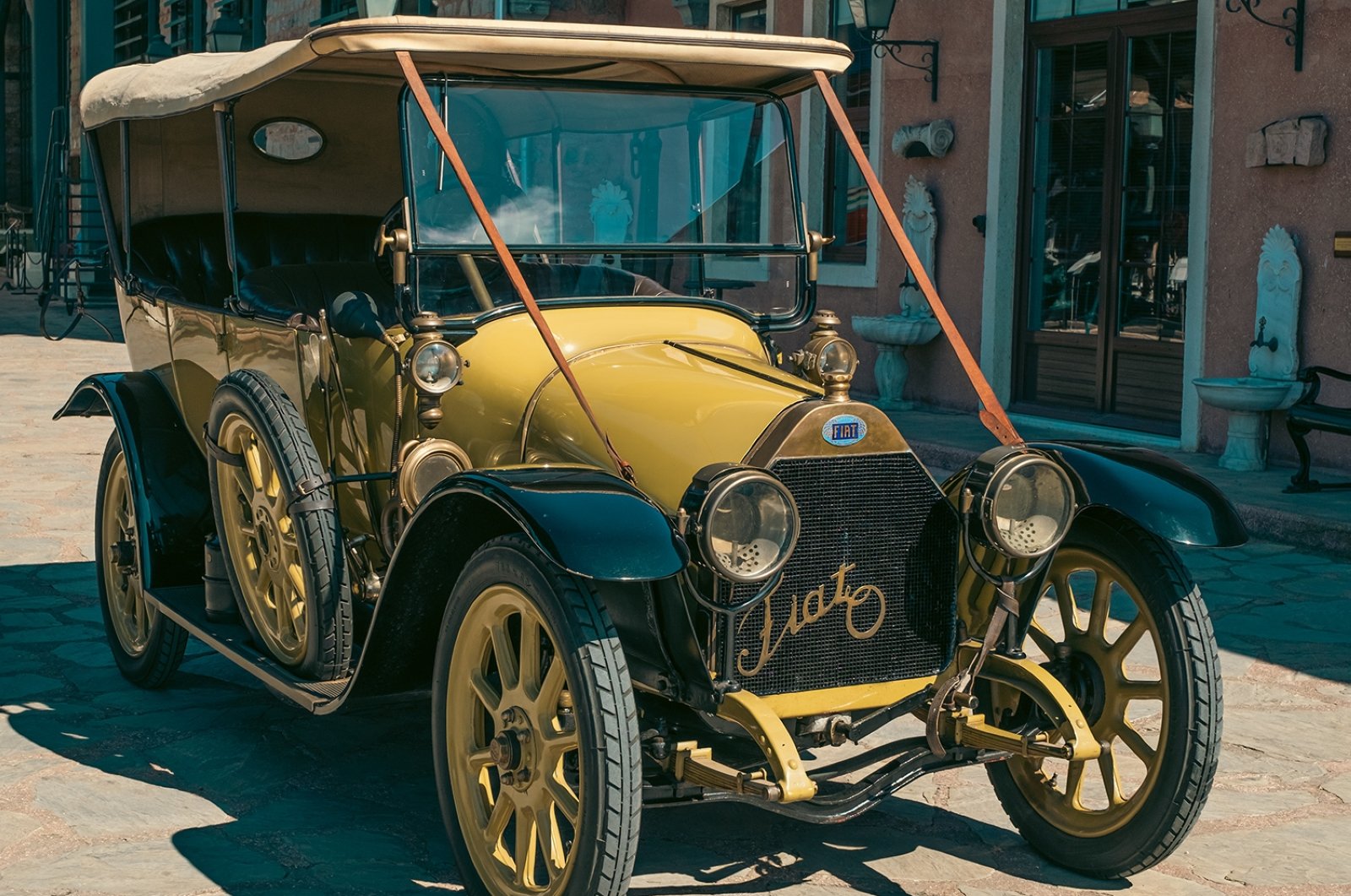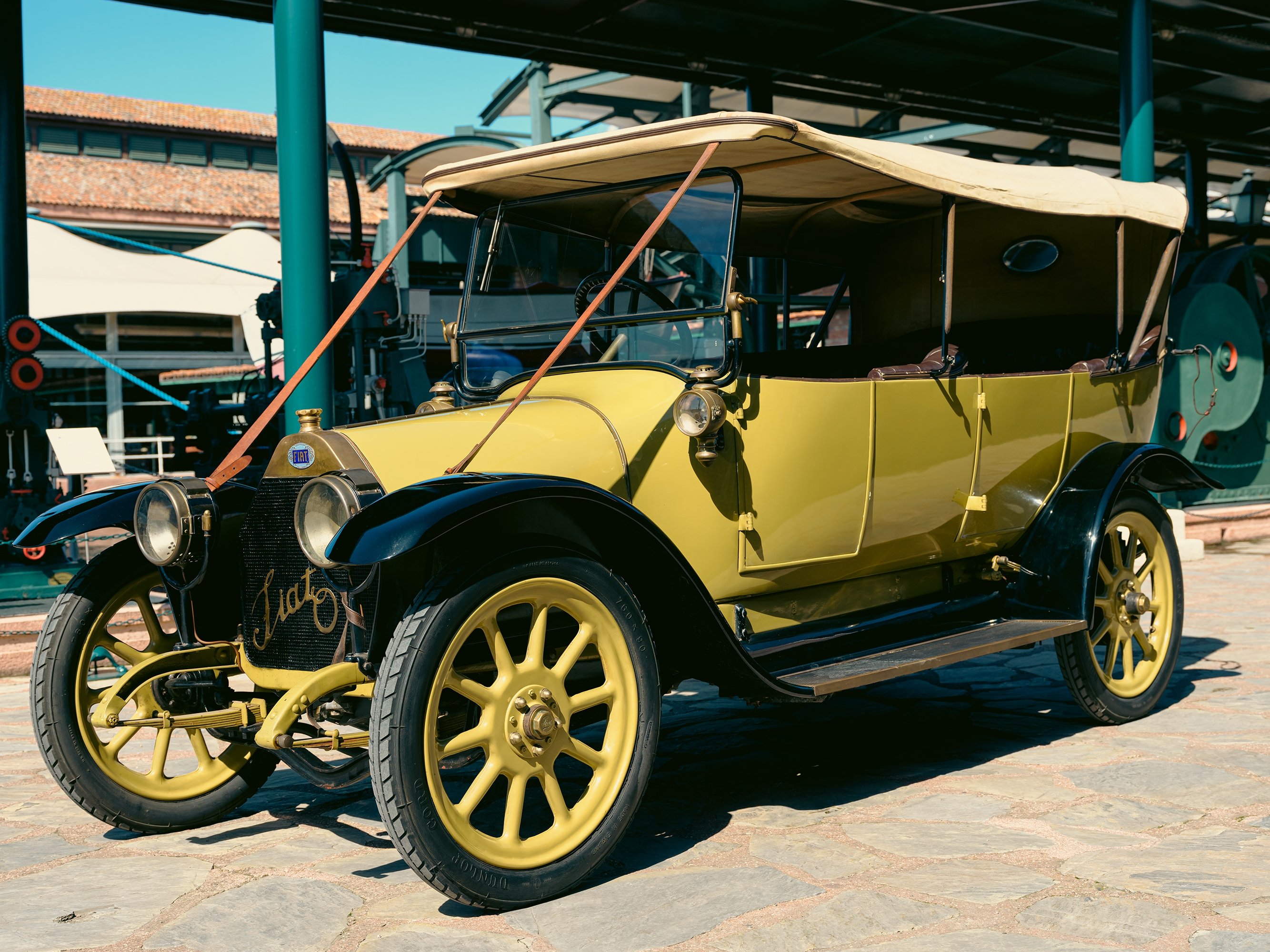
The Rahmi M. Koç Museum is displaying a significant artifact – the car used by Mustafa Kemal Atatürk on the Çanakkale front during World War I on the 108th anniversary of the Çanakkale Victory,
This car is the last known example of its kind, and it was obtained from the city of Turin in Italy.
The car holds a special place in history as it appears in one of the rare photographs of Atatürk during the war. After conducting detailed studies, the Çanakkale Wars Institute determined that the car used by Atatürk was the 1913 Fiat Zero model.

The Turkish Martyrs' Reconstruction Foundation and Çanakkale Onsekiz Mart University, Department of History faculty member professor Murat Karataş heads the institute.
An article titled "In Search of Mustafa Kemal Atatürk's Car: Traces of Wheels in Gallipoli," written by institute researcher Onur Kuşku, discusses the history of the car allocated to Atatürk during the war.
The Fiat Zero was first produced in 1912 at Fiat's Corso Dante Factory in Turin, but production was interrupted because of the Balkan Wars and the World War I. The production line was eventually dedicated to the Italian army's needs and only 2,000 units were produced by 1915. Today, the few remaining examples of the Fiat Zero are exhibited in distinguished museums worldwide.
Equipped with a 1,846cc carburetted four-cylinder naturally aspirated gasoline engine, the Fiat Zero can produce up to 19 horsepower per 2,000 rpm. This two-door vehicle with a seating arrangement for four people can reach a maximum speed of 63 kph (39 mph).
According to the archives, the name of the dealer that sold the 12 units of the Fiat Zero in Türkiye was "Dilsizian."
The Rahmi M. Koç Museum is Türkiye's first and only industry museum, showcasing the history of transportation, industry and communication. The museum boasts over 14,000 objects and provides education and workshops for children. The Mustafa V. Koç/Lengerhane building and the Hasköy Shipyard house the museum's vast array of exhibits.
